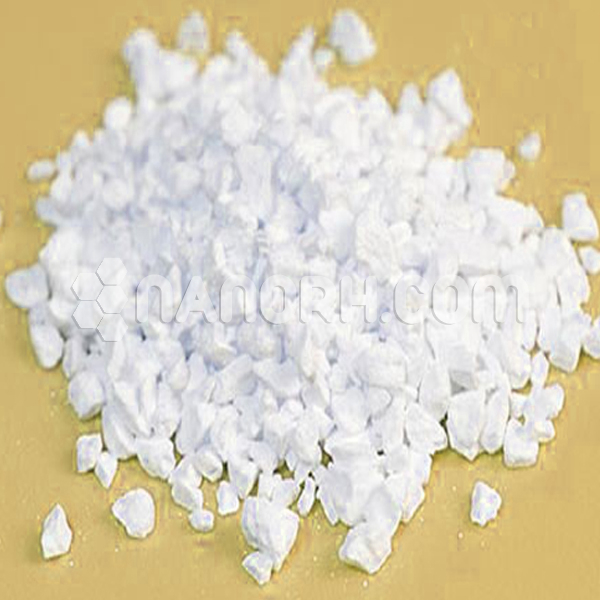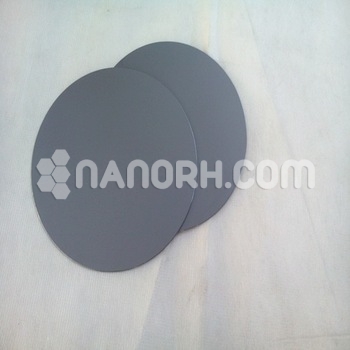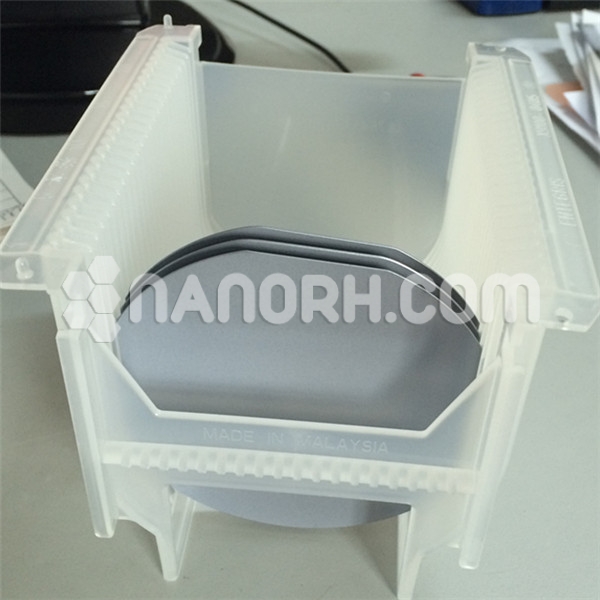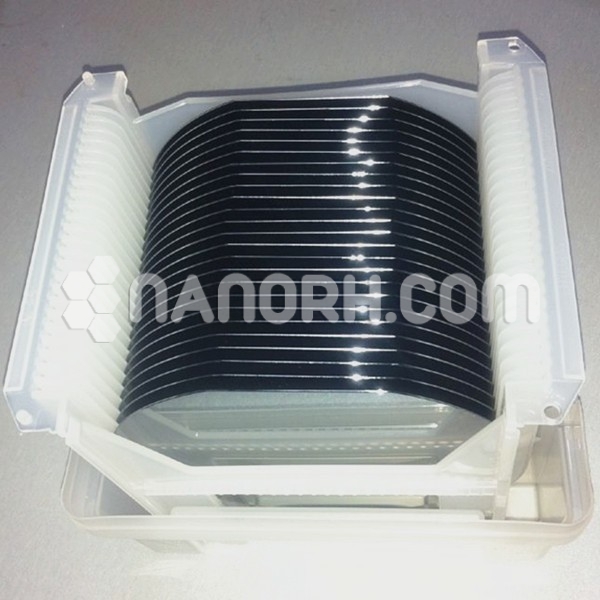| Yttrium Fluoride Pieces | |
| Product No | NRE-62065 |
| CAS No. | 13709-49-4 |
| Formula | YF3 |
| Size | 1mm-5mm Pieces (Can be Customized) |
| Quantity | 50g, 100g |
| Purity | 99.99% |
| Molecular Weight | 145.90 g/mol |
| Density | 4.01 g/cm³ |
| Melting Point | 1387° C |
| Boiling Point | 2,230 °C |
Yttrium Fluoride Pieces
Introduction:
Yttrium fluoride pieces is a chemical compound composed of yttrium and fluorine. It typically appears as a white, crystalline solid and is known for its unique optical and thermal properties. Yttrium fluoride is used in various applications, particularly in optics, electronics, and materials science. Its stability and ability to form high-purity crystals make it valuable in specialized industrial processes.
Applications
Optical Coatings: widely used in the production of optical coatings, including antireflective coatings and protective layers for lenses and mirrors. Its low refractive index and transparency in the UV and visible light spectrum make it ideal for these applications.
Laser Technology: utilized in laser systems, particularly in solid-state lasers and laser gain media. It can enhance the efficiency and output of lasers, making it valuable in various scientific and industrial applications.
Ceramics and Glass: used in the manufacture of advanced ceramics and glass materials. It contributes to the thermal and chemical stability of these materials, making them suitable for high-temperature applications.
Fluorescent Materials: component in certain phosphors used in fluorescent lamps and displays. It helps improve the brightness and efficiency of light-emitting devices.
Nuclear Applications: Yttrium fluoride is investigated for use in nuclear technologies, particularly in the production of nuclear fuel and as a radiation shielding material. Its properties make it suitable for various applications in the nuclear field.
Research and Development: Yttrium fluoride pieces are used in various research applications, particularly in materials science and solid-state physics. Their unique properties allow for exploration in new technologies and material innovations.




